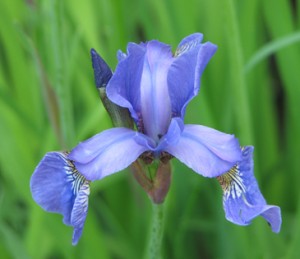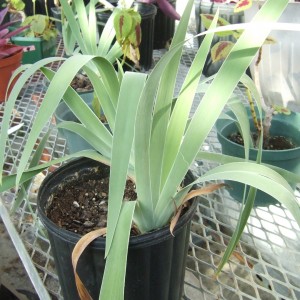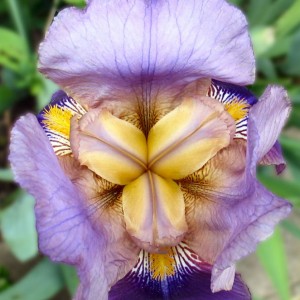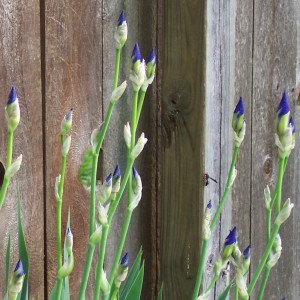Iris
The Iris genus
Image from stock.xchange
| Description | The Iris genus is a genus of 200 to 300 species of flowering plants known for their large, striking, colorful flowers. Irises come in two varieties, ones that grow from rhizomes (rhizomatous) and ones that grow from bulbs (bulbous). The Iris genus is commonly split into subgenii based on those two characteristics, and also the presence of “beards” (a fuzzy-looking midsection in the flower). |
|---|---|
| Area | Irises grow natively in almost all temperate zones, including the Mediterranian area, Europe, North Africa, parts of Asia, and North America. |
| Special Characteristics | In iris lexicon, petals and sepals take on special names. The inner three petals are referred to as “standards”. The outer three sepals, which look remarkably like petals, are called “falls”. |
| Reproduction | The iris flower is well-shaped for pollenation, whether self-pollenation with its own anthers or cross-pollenation from another plant. Rhizomatous irises can also be reproduced asexually from cutting a section from the rhizome. |
| Trivia | The iris was revered in the ancient world– it is named after the Greek goddess Iris, who, according to mythology, traveled by the rainbow. The many colors and varieties of Iris most likely inspired this name.
In ancient times, irises were also used medicinally. The juice of fresh roots is said to be an effective treatment for edema, or “dropsy” as it was previously known. Now, irises are not used medicinally, except for in some alternative medicine fields. Iris essential oil is popular in aromatherapy. The Yellow Iris (I. pseudacorus) is extensively used in pond purification. Its roots uptake agricultural runoff and therefore improve water quality. |



